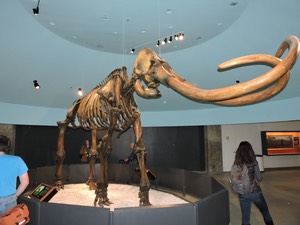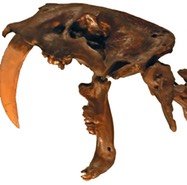
The International Collaboration for Education (I.C.E.) AGE Project joins schools from across the globe in a study of Ice Age animals. Students compare the Ice Age animals of their regions to learn more about these dynamic megafauna and more about each other as well. Students use social media to communicate live with one another and to share their collaborative work.
These pages serve as a resource for participating schools. If you are interested in joining a collaboration contact Brett Dooley.
Webquest for I.C.E. AGE Project participants.
Introduction
I write to you from the Western Science Center. We are a small, natural history museum in Hemet, southern California with predominantly Ice Age fossils in our collection and exhibits. We are interested in sharing 3-D prints of our fossil specimens with others located in areas with a rich, Ice Age fossil history.

We want to build content for exhibit or our website comparing and contrasting the Ice Age animals here in southern California with those from around the world and we can use your help!
We need research done concerning the various animals from both California and your home region. When students in both classes work together to write about the animals you will learn a tremendous amount about Ice Age animals as well as about the similarities and differences between yourself and you out-of-class partner. You will create the basis for the text for the exhibit or website. You can add art work, diagrams, or other information you think is relevant. We look to be inspired by your research and creativity.
Thank you for your help,
Dr. Brett Samantha Dooley
Educator, Western Science Center
Task

You will be placed in groups of 3 – 5 students to create exhibit text to go with fossil specimens of the animal you are researching. Some of the work will be done together as you communicate through Google Hangouts, while some will be done asynchronously using Google Docs. Through this process you will 1) become familiar with your chosen Ice Age animal, 2) learn about what the fossils indicate about climate change since the Pleistocene, 3) learn about each other and how your cultures are both similar and different, and 4) learn how to listen to and work with others whose opinion differs from your own.
Procedure
Select your geographic region. Then select the animal you want to work on.
Evaluation
Conclusion

We look forward to the seeing your strength of research and creativity as you complete your text and images. Visit a local museum and appreciate all of the work that goes into exhibit design and construction! Once Western Science Center staff have completed the exhibit panels you will be welcome to see the fruits of your labor in your school, at our museum, or on our website.